 Lyn Hamilton is a Canadian author who writes an archaeological mystery series featuring Toronto antiques dealer, Lara McClintoch. Each of the books is set in a different, usually exotic, location, and uses the ancient past as part of the mystery. Lyn has twice been nominated for an Arthur Ellis Award for crime writing, and her fourth novel, The Celtic Riddle was the basis for a Murder She Wrote TV Movie of the week, starring Angela Lansbury.
Lyn Hamilton is a Canadian author who writes an archaeological mystery series featuring Toronto antiques dealer, Lara McClintoch. Each of the books is set in a different, usually exotic, location, and uses the ancient past as part of the mystery. Lyn has twice been nominated for an Arthur Ellis Award for crime writing, and her fourth novel, The Celtic Riddle was the basis for a Murder She Wrote TV Movie of the week, starring Angela Lansbury.What are the affinities between mysteries and archeology? How does one make the other a more enjoyable read?
“Why archaeology?” is a question I hear often from my mystery reading and writing friends. “Why mysteries?” is the question I get from archaeologists I have worked with. It seems to me there are many parallels between the two. Both detection, in the mystery sense, and archaeology require the search for and analysis of clues, whether these are blood spatters now, or pottery shards of some ancient culture.
I also learned when I was Director of Cultural Programs in the Ontario Government, the branch responsible for the licensing of all archaeology in the province, that there is, indeed, a criminal element in the antiquities field: the looting of tombs and the smuggling and illicit sale of artifacts, for example. Also, my visits to dig sites revealed that there are many ways to dispatch a victim: cave-ins and landslides, poisonous insects to be introduced in tight spaces, and so on. From a mystery writer’s standpoint, it was the motherlode.
On a more philosophical note, I think that both the detective and the archaeologist in some sense speak for the dead. The archaeologist subjects both historical accounts and the clues left behind to reveal an ancient people, and the detective weighs contemporary evidence to unveil the killer, and find justice for the victim.
In terms of making the read more enjoyable, I think readers of mysteries like to learn something along with the mystery plot, and I hope I provide that.

 The paperback edition of the 11th Lara McClintoch novel came out this month. What do you think of the rumors that publisher support for long series is disappearing, and that authors should aim for stand-alones or a short series of three to five books?
The paperback edition of the 11th Lara McClintoch novel came out this month. What do you think of the rumors that publisher support for long series is disappearing, and that authors should aim for stand-alones or a short series of three to five books?I’m often asked where I think the mystery market is going, and I always say that an author is the last person you should ask. It does seem as if series are shorter than they used to be, although I’m not sure why that would be. If publishers are supporting only the shorter series, it must be some reflection on what readers want. Perhaps we just want novelty, get bored more easily. I don’t know. I do know that several authors of my acquaintance do think of their series as only four or five books, and plan the series that way. I confess I just kept writing them because I was interested in Lara, and besotted with the archaeology.
 On your web site, you provide annotated bibliographies and photographs of the historic sites that form backdrops for your books. You’ve lead tours to some of those same sites. How do you see a fiction author’s responsibility to provide a real-world connection through supplementary material?
On your web site, you provide annotated bibliographies and photographs of the historic sites that form backdrops for your books. You’ve lead tours to some of those same sites. How do you see a fiction author’s responsibility to provide a real-world connection through supplementary material?That’s an interesting question. I started writing these mysteries because I was interested in ancient cultures and mythology. I wasn’t even sure I was writing a mystery when I started, but probably because mysteries are what I read for enjoyment, that is what I wrote. I did the bibliographies in part because people kept asking me if the history in my books was real, and also because people asked me for more information about the background of the books. As well, I do a lot of research, and I thought the authors whose work I had found most useful should get some credit. You can’t put footnotes in mysteries. It would completely destroy the pace. But because of my interest, I hoped others might be interested as well, and I wanted those who are, to be able to find additional information.
Do I think I had a responsibility to do that? No, but one of the reasons I wrote the series was to illuminate, in what I hoped to be an entertaining way, some of the issues associated with heritage. This was part of that effort.
I did lead two tours, one to Malta, and another to both Malta and Tunisia. I hope that people enjoyed them. It had a slightly different focus from your average tour: travelers got to see the usual sights, but also learned more than usual, I think, about the archaeology. My last planned tour, to Peru, did not happen, as there were not enough people interested in it, and I haven’t planned any since.
You’ve been writer-in-residence at the North York Central Library and the Kitchener Public Library. How does a writer get a gig like that, and what does a writer-in-residence do? In what ways do you grow as a writer during that year you are in residence?
I have no idea how you get a gig like that. In both cases, I was invited by the libraries. As writer-in-residence, I was asked to critique submitted manuscripts. There was a deadline for submissions, and a limit of twenty or thirty pages. I read each submission several times, and then met with the author and talked about the manuscript. I hope I was able to offer some good advice. You are also supposed to be working on a manuscript of your own, in the case of North York, which I did.
I learned a lot in both cases. For one thing, all of us make the same mistakes when we begin writing, and it’s a lot easier to see those mistakes in someone else’s work, rather than your own. So in helping these authors, I was helping myself. Over the years, I suppose I’ve seen at least part of over a hundred manuscripts, most of them mysteries or suspense/thrillers. As a result I was able to develop a course on mystery and suspense writing. This past fall, I taught at the University of Toronto’s School for Continuing Studies, in the Creative Writing program. It was a great way to share what I’ve learned over the years, and it’s always rewarding to find someone you know will get published.
As an antiques addict, what is your favourite antique find to date.
Difficult to answer that one. I collect shadow puppets and was thrilled to find an old Chinese shadow puppet. We think of shadow puppets as Indonesian really, but many cultures had them, and this was a find.
I was also thrilled to find some old prints (I also collect antique prints of places I’ve been and loved) of David Roberts’ drawings of Egypt. And I’m always happy to find some Canadian and American pressed glass water and cordial glasses.
For more about Lyn and her books, visit http://www.lynhamilton.com/index.html
---
Next month, Canada calling visits Michael Steinberg, writer and editor of StoryTeller magazine.




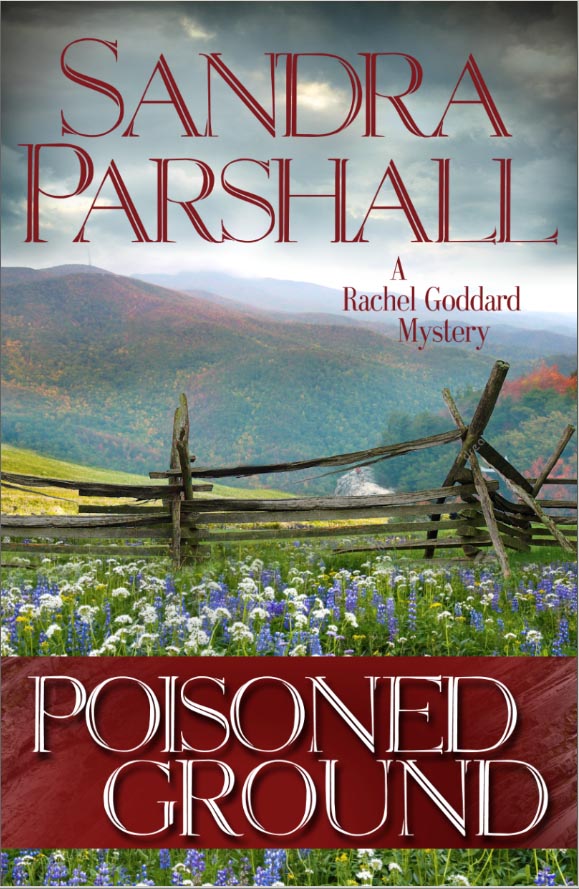
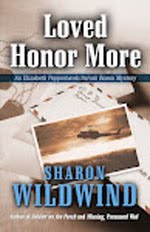
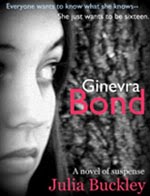
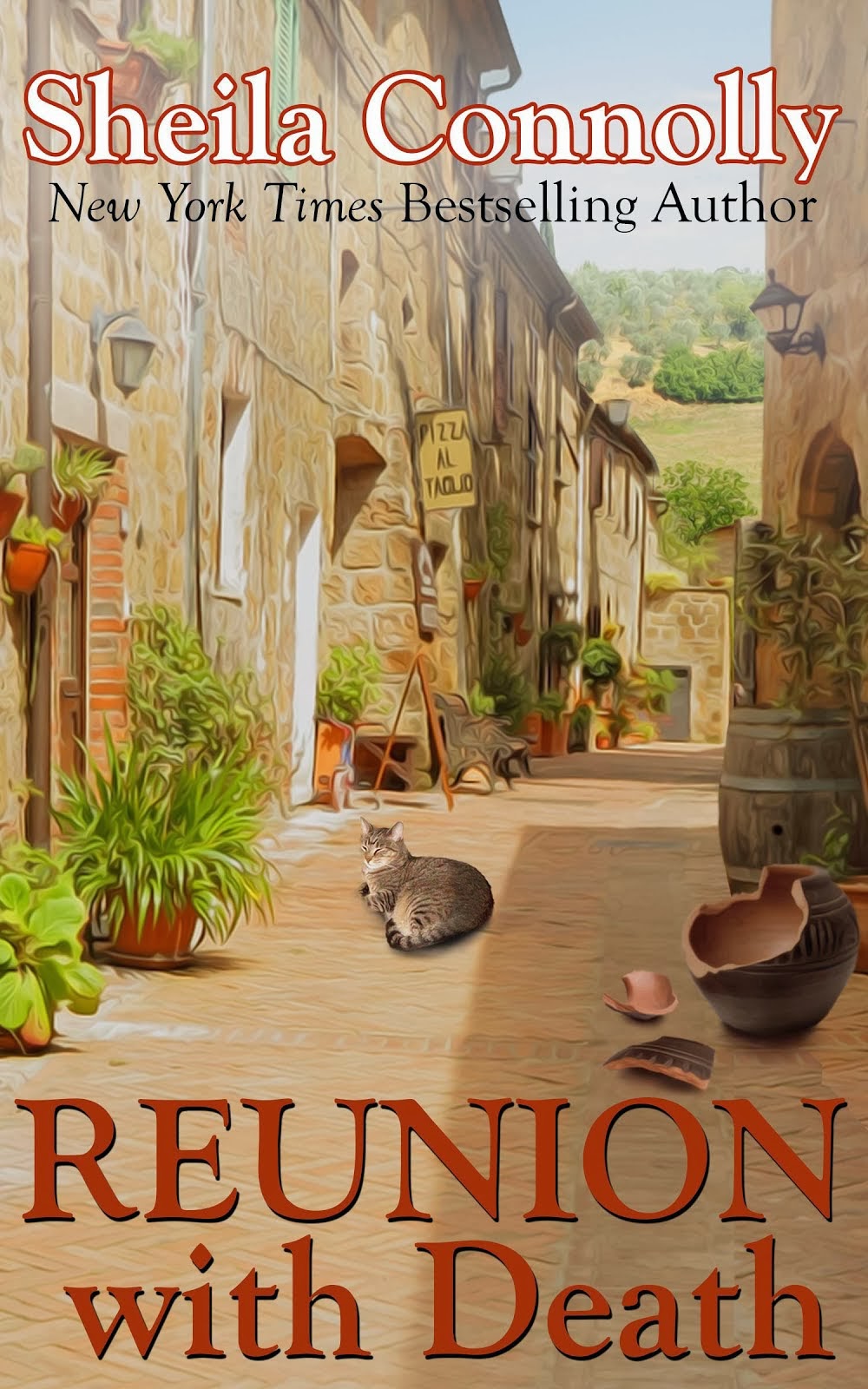
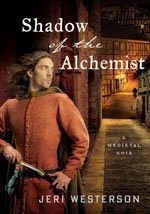
1 comment:
Wow! Thanks for this post. I'd never heard of Hamilton before, but I'm off to take a look at her site and figure out which of her books to read first! They sound great!
Post a Comment